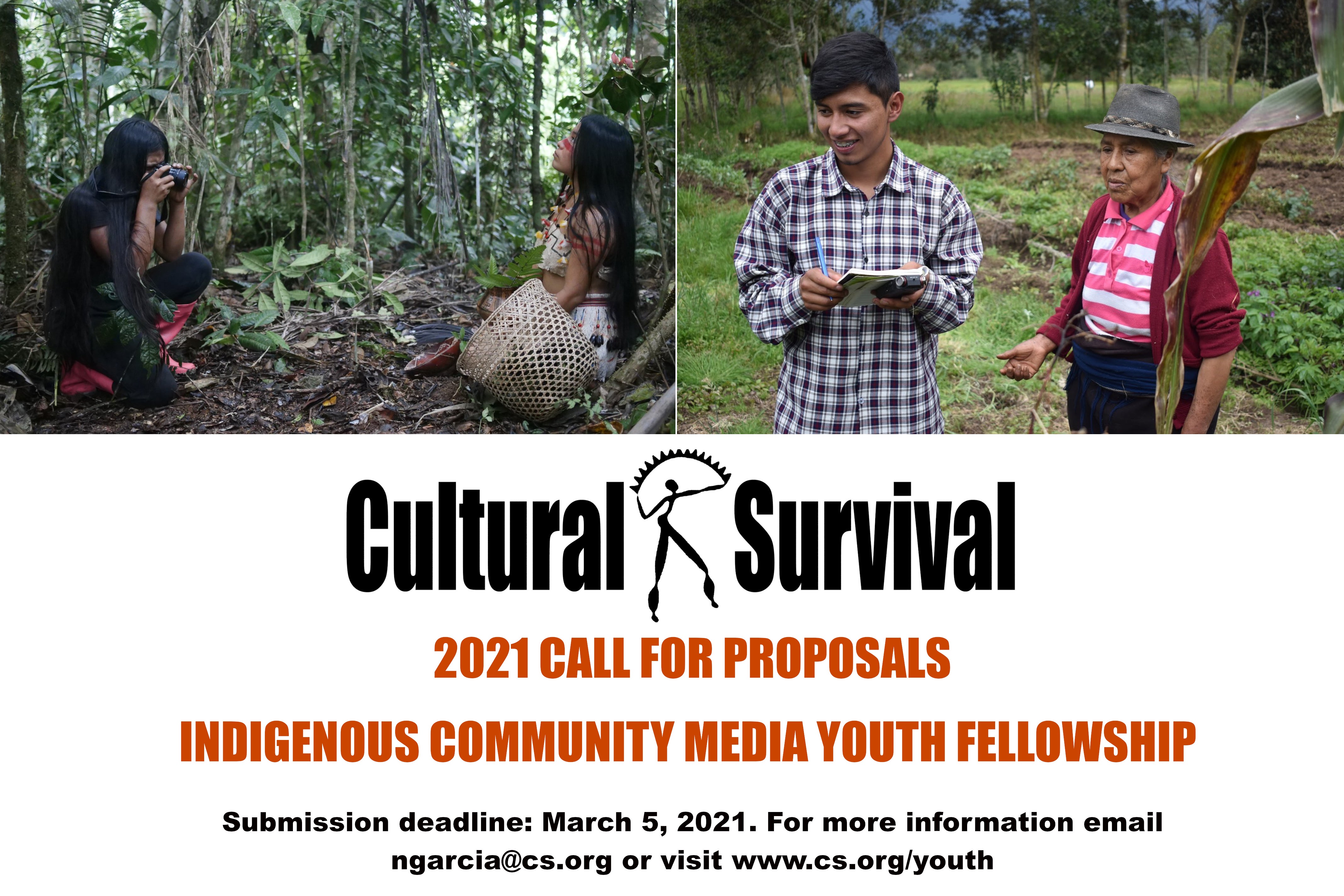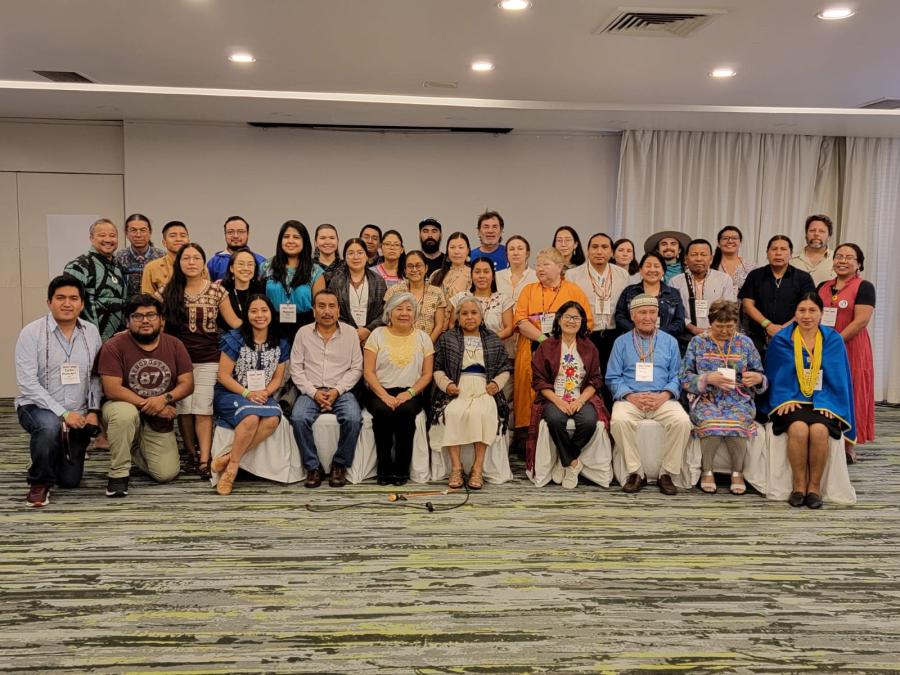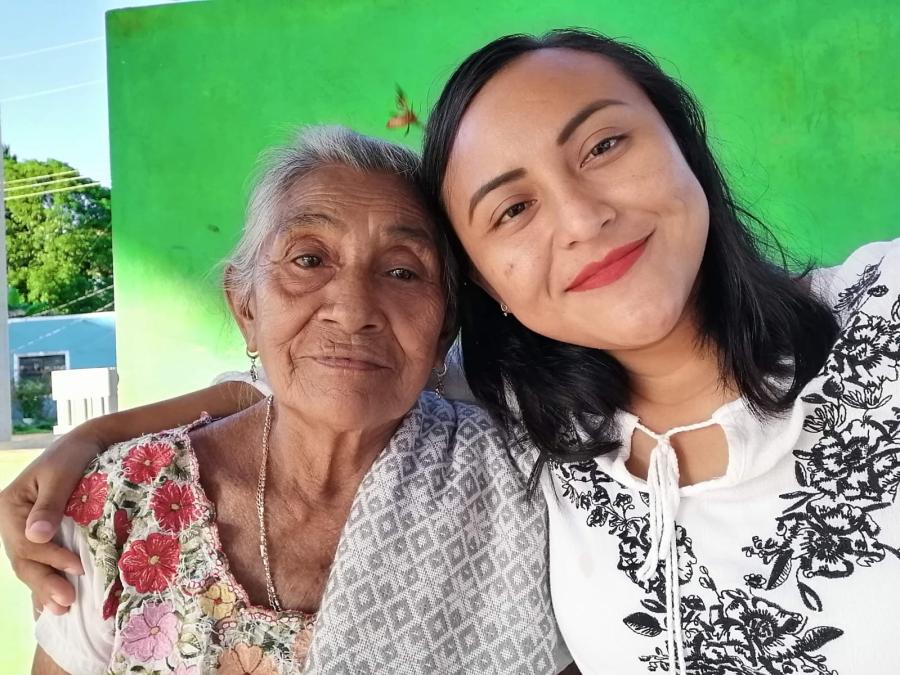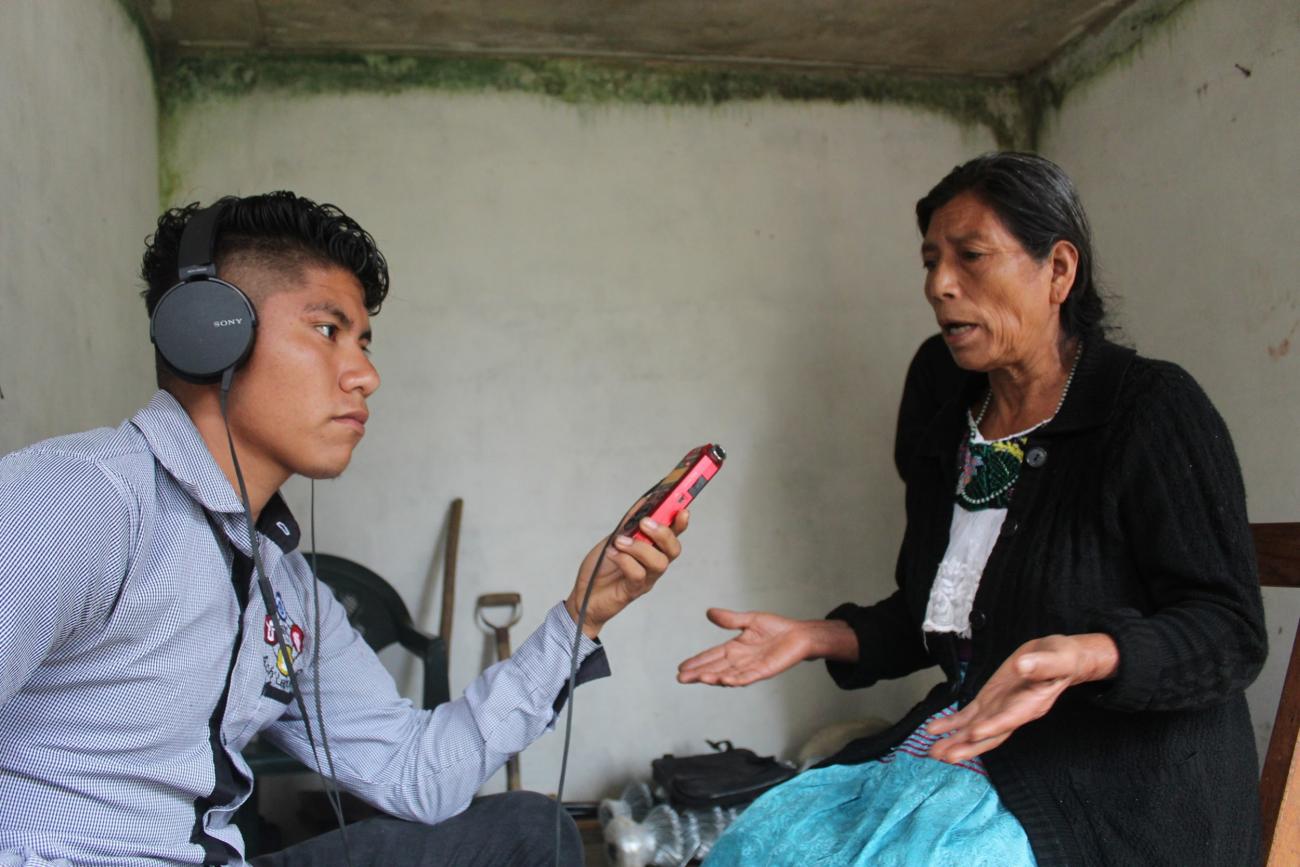
By Nati Garcia (CS STAFF)
There is a pressing need from Indigenous communities to engage with and maintain their cultures among the youth, and community media is a platform to address this need. Cultural Survival addresses this need through our Indigenous Community Media Youth Fellowship. The Fellowship is guided by the expertise of the youth who are acting as agents to generate impact, cultivate critical connections, and step into leadership roles as key decision makers to foster the wisdom and knowledge of their Peoples.
Cultural Survival’s Indigenous Community Media Youth Fellowship supports individuals and groups of youth ages 17-25 in their efforts to build their radio journalism and radio broadcasting skills through trainings, community radio visits and exchanges, radio production, and conference attendance.
Since 2018, we have supported 33 Indigenous youth fellows in 10 countries. Through the Fellowship, youth have the opportunity to manage their own projects, enhancing their skills and education in new forms of community media. This experience deepens their cultural knowledge and builds on their sense of self as knowledgeable and powerful beings who create new media to promote their Indigenous identities. Storytelling has been a key medium in the transmission of Indigenous cosmologies through songs, stories, dance, and imagination. Technology elevates this process by engaging youth to relate to their cultures, land, languages and traditions.
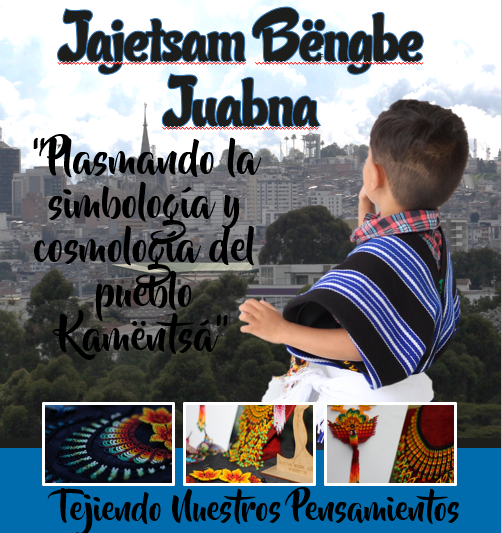
Lorena Jamioy Tisoy (Inga-Kamëntsá) is from Colombia and in her fellowship project, “Jajetsam Bëngbe Juabnac” (Weaving the Thought of Our Elders), she produced radio programs on storytelling to strengthen ancestral knowledge and history. Her productions aired on the local radio station, Radio Waishanya. She organized workshops with elders and youth on traditional weaving. Lorena shares,“The lessons and good practices learned were shown in the exchange of experiences and knowledge shared in each radio broadcast and in the workshops. We focused on the importance of self-care and caring for our elders in the face of the COVID-19 pandemic. We worked on how we can help them to strengthen traditional knowledge so that it is not lost in history, so that the legacy continues.”
For centuries, Indigenous Peoples have sustained their communication based on face-to-face engagement and oral and gestural repertoire. The development of technology, new facets of accessing information, and communicating through new platforms have dramatically influenced communities on a global scale, deeply impacting Indigenous traditional practices. The affordability of certain technology such as cellphones in rural Indigenous communities have led to new ways of communicating. It is important to support other means of utilizing these technologies that will sustain Indigenous oral traditions, and strengthen traditional knowledge, culture, and language diversity.
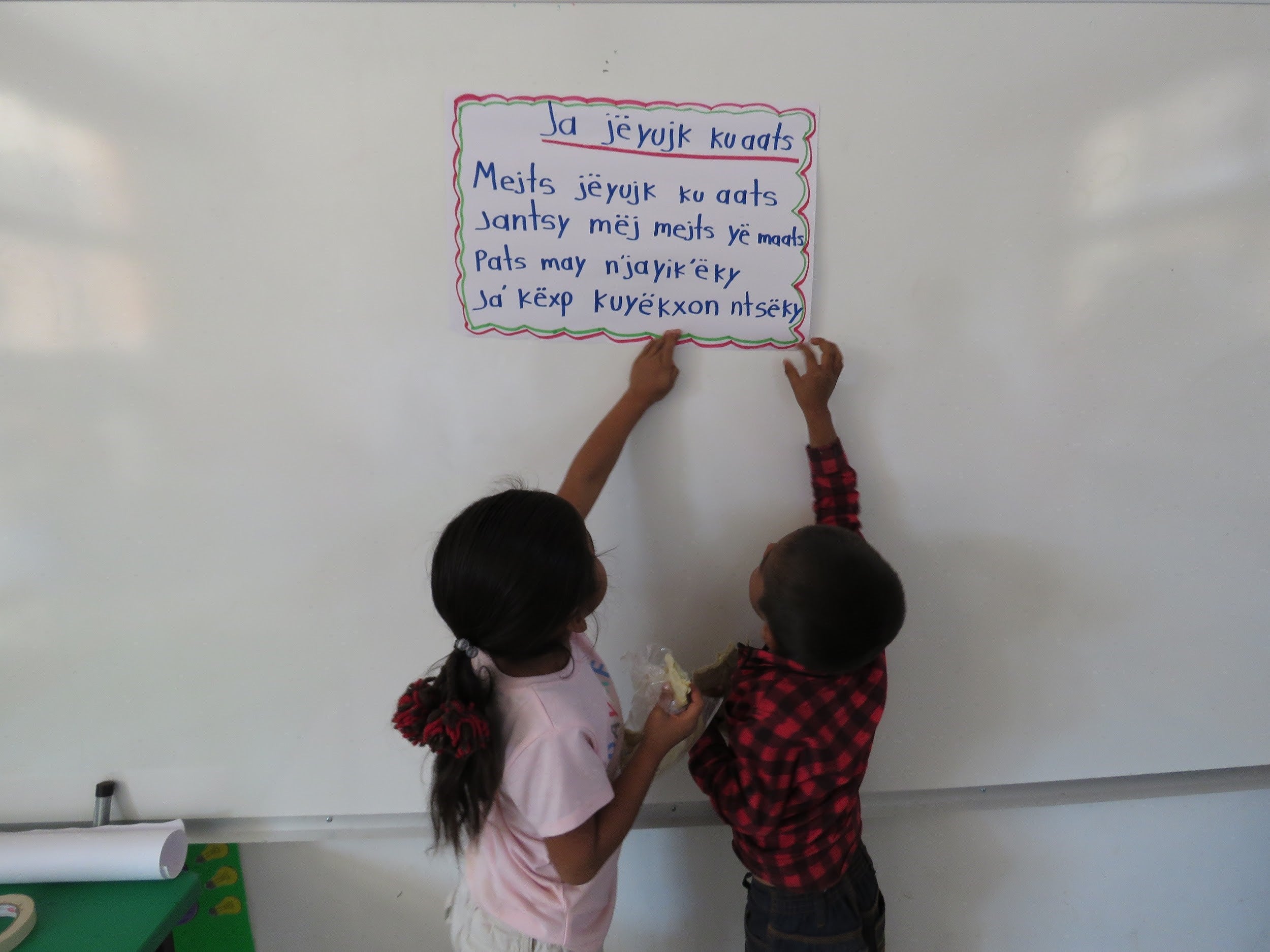
Estrella Jhonaí Gutiérrez Vásquez is Mixe from Mexico. Her fellowship project “TYIKYËË’NYËM TYIK’Ä’JTSYËM YË N’ÄÄTS YË NKUKOJ” (Taking Care and Feeding Our Roots to Make Them Bloom) focuses on revitalizing the Ayuuk/Mixe language, worldview, and ancestral knowledge through a series of radio programs. “This project helped many people to remember words in Mixe, some no longer spoken, to speak and write the language correctly. It was a program of interest and it helped people in the community to learn to value their culture. We realized this when the audience for the radio program grew, when we answered questions on social networks, and when we saw that people shared our content,” says Estrella.
Indigenous youth are active users of social media platforms. However, the norms of social media often do not represent Indigenous worldviews, cultures, knowledge, or languages. This severely impacts the mindset of new generations of Indigenous youth, altering cultural practices and developing a new generational identity distinct from elders. These changes can result in an intergenerational struggle. However, Cultural Survival Fellowships encourage youth to influence technology and co-create new stories through community radio and audiovisual productions to bridge engagement with elders, knowledge keepers, and Indigenous leaders from their community.
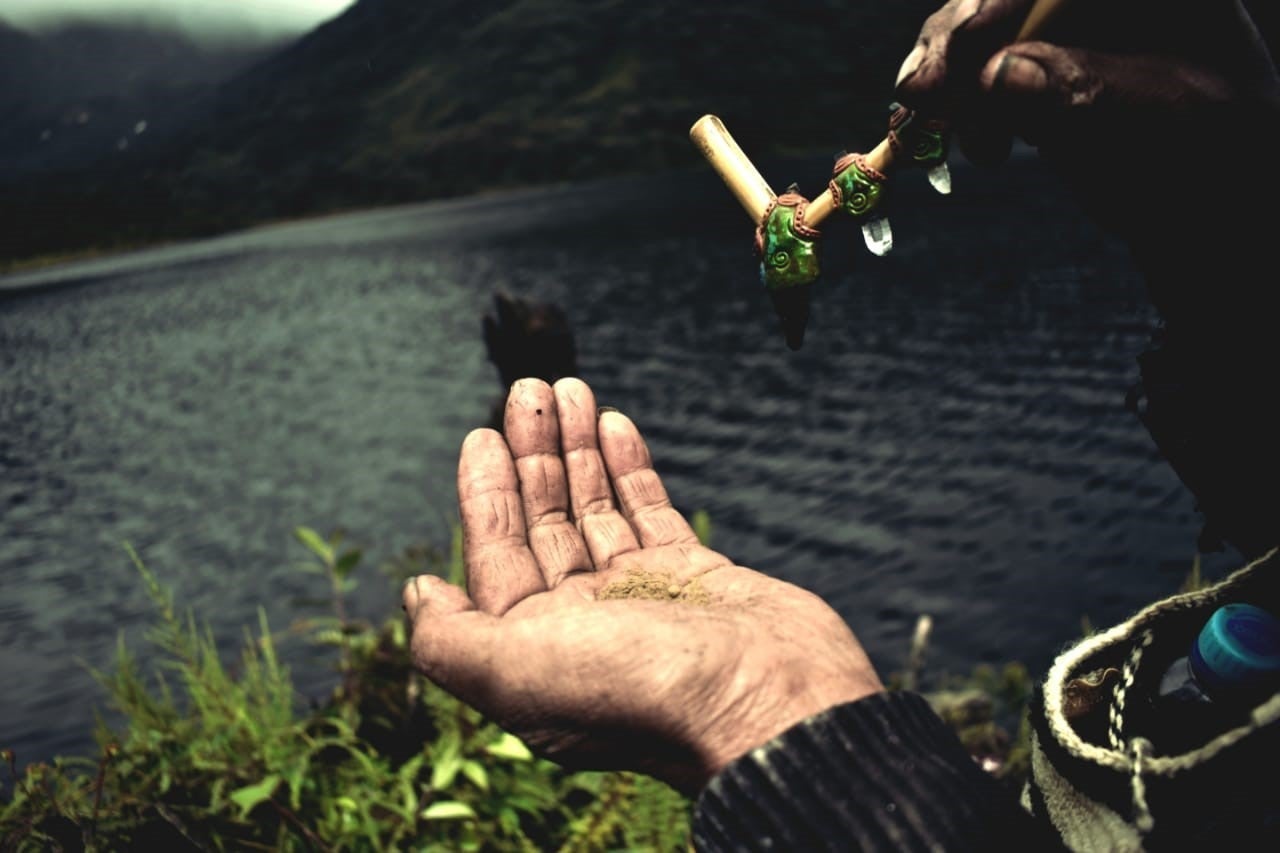
“Thank you to Cultural Survival for the opportunity to learn how to edit audio and how to use a camera. I was able to broadcast my programs on the Quillasinga community radio station and to strengthen my knowledge. I met other youths and we exchanged knowledge about the Earth and planting our own seeds,” says Juan Pablo Jojoa Coral (Quillasinga) from Colombia. In his fellowship project, “Sacred Plants, Traditional Medicine of the Siona, Cofan, Huitoto, y Quillacinga Peoples,” he conducted a series of interviews with elders and knowledge keepers to produce radio programs to raise awareness of the importance of protecting ancestral medicinal plants.
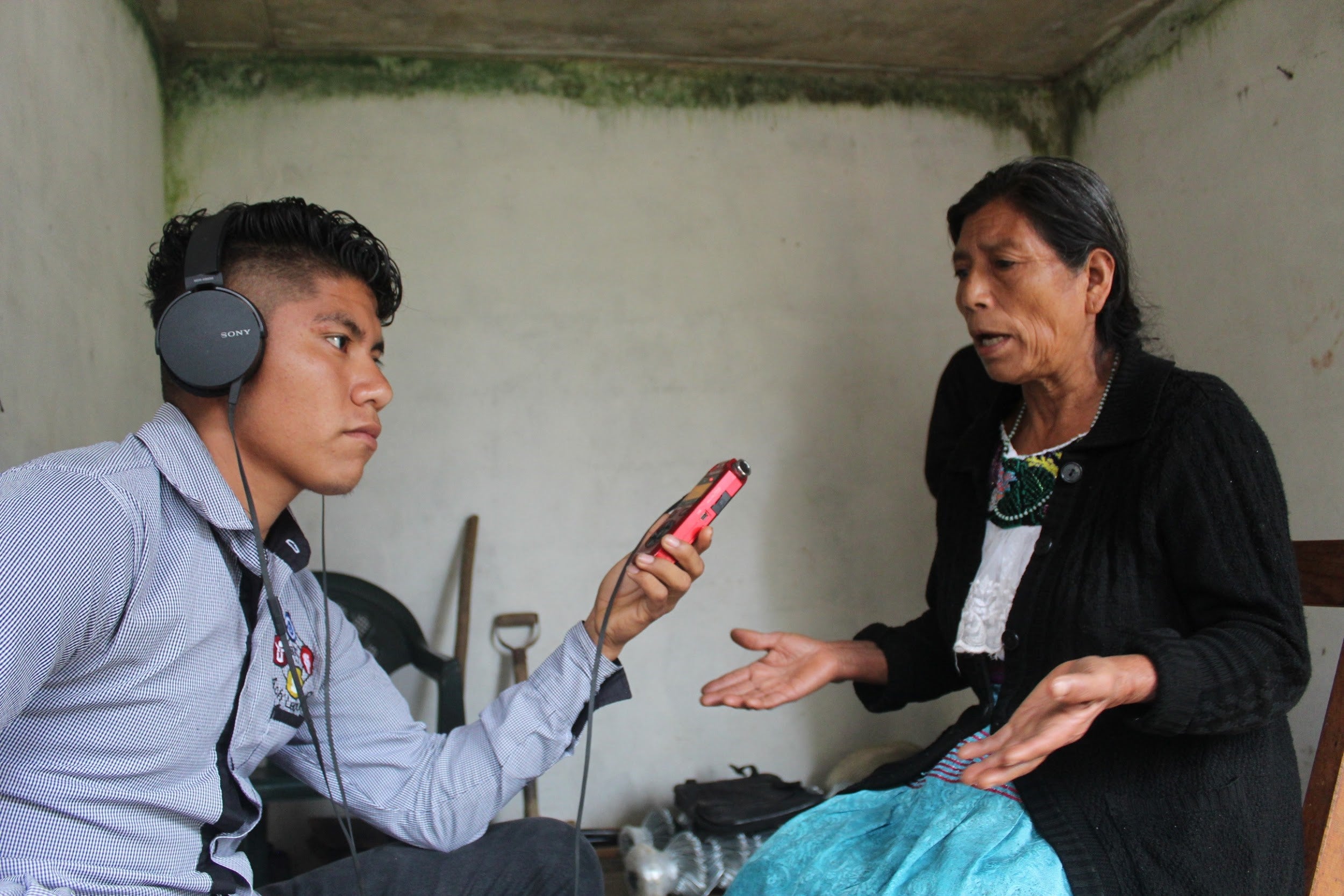
Manuel Silvano Guzmán (Tseltal) from Mexico shares: “I would like to thank Cultural Survival. I have been working on interviewing the elders. Speaking with them is very important to me because before I knew nothing about the elders, what they lived through, about our customs. Right now I have been doing broadcasts, recordings, and going out into the communities in search of information about the knowledge of the elders. For me, it is very important since the elders have knowledge and wisdom and a relationship with Mother Earth, the environment, nature, all of that is related. It is important to learn from and record the knowledge of the elders.”
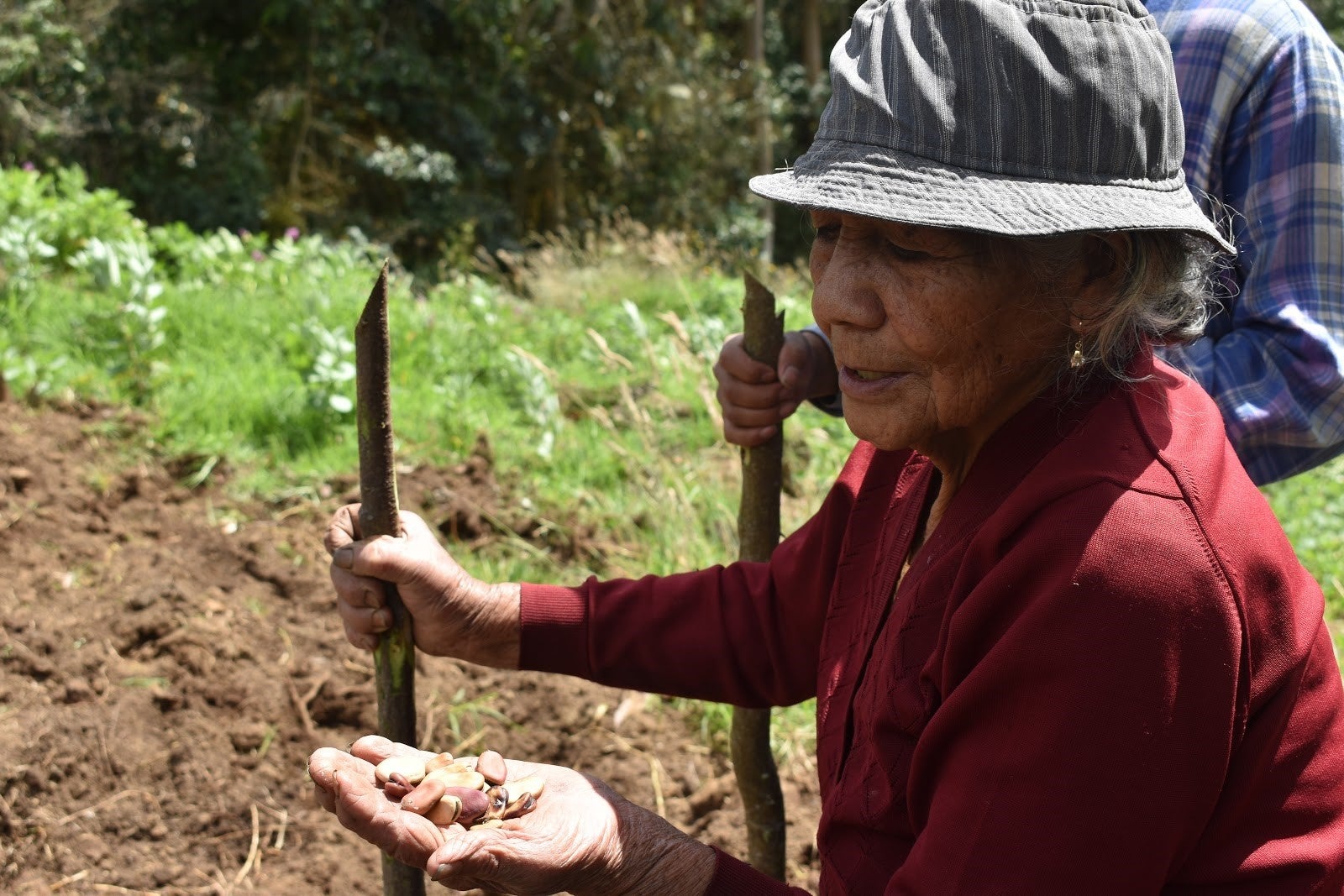
Jerónimo Peréz Gomez (Tseltal) from Mexico also shares: “My experience was learning more about medicinal plants and interviewing elders and people from different communities. There are some people in the region who can no longer identify which plants can cure diseases. I am very proud that I will not lose my culture after this experience. I really liked going out to the communities and learning about traditional knowledge. It is unfortunately that many young people are no longer interested in this knowledge.” Manuel and Jerónimo’s fellowship project, “Traditional Knowledge in Community Media,'' served as a tool to collect wisdom from elders and knowledge of ancestral healing plants. They produced radio programs to share back what they learned with their community in the Tseltal language.
The fellowship assists fellows in representing the voices of their communities and brings awareness of local issues to global conversations through their projects, all the while strengthening their cultural identities, languages, and leadership. By uplifting intergenerational relationships, youth become actively engaged in their culture and participate in creating prosperous futures for their communities.
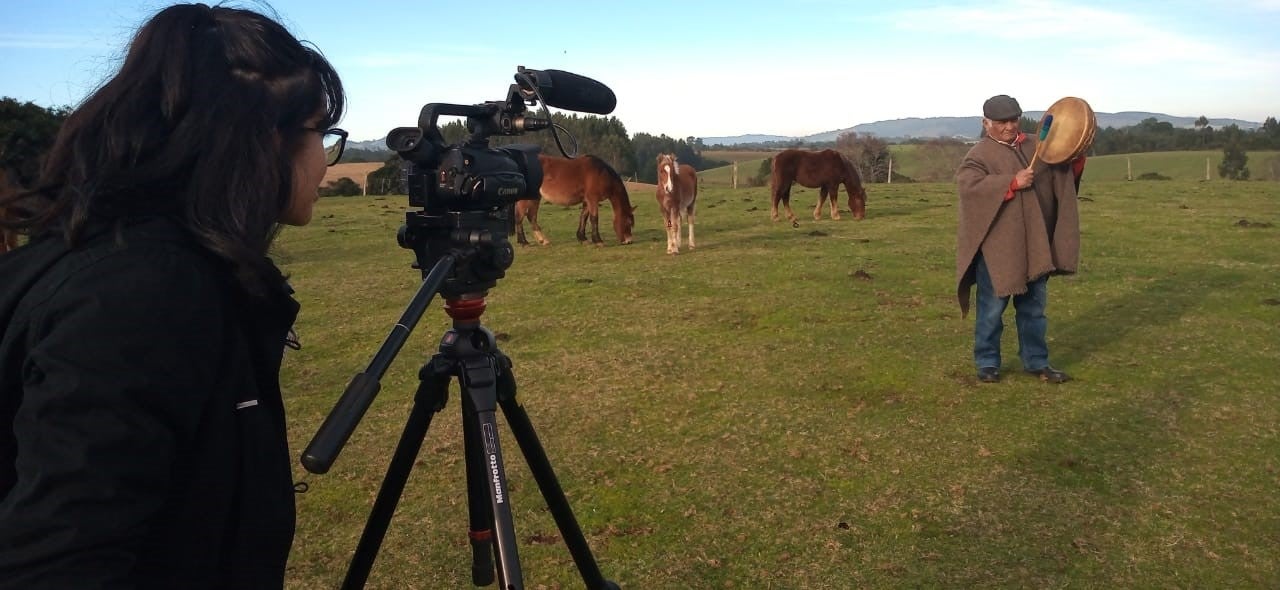
“The support provided by Cultural Survival has been very important to continue our work of gathering knowledge within my territory. I am also grateful to meet youth from different places and learn about how they are defending and protecting their knowledge,” says Carolina Trayen Rain Ancan (Mapuche) from Chile. Her fellowship project, “Strengthening Mapuche Communication in the Budi Territory,” strengthened community media communication and Mapuche knowledge through audiovisual technology. She created video and radio productions about Mapuche culture, and language, using traditional stories and music.
In Cultural Survival’s Fellowship Program, youth also have the opportunity to be leaders in researching and documenting their cultural practices and knowledge systems from their own narratives rather than using conventional academic research methods. Indigenous youth can create their own multimedia narrative that can be transformative for a community. Youth are able to produce material for younger generations in a creative way where interpretation and response invites the participation of the community. They reflect on what is happening in their community and amplify the struggles, resistance, and healing taking place.
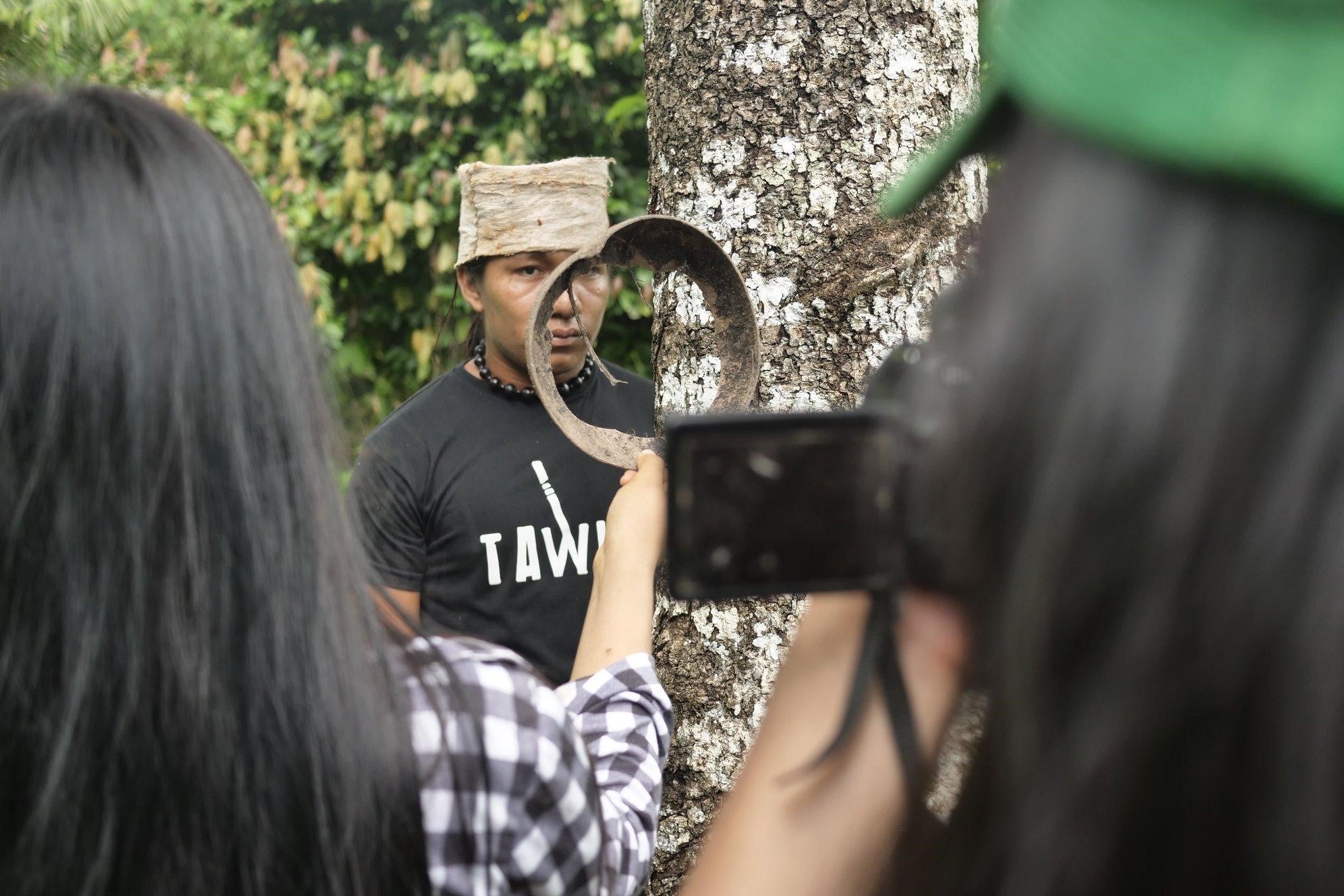
Such was the collective process of the students from the Tsitsanu School of the Llanchamacocha community in Ecuador. As part of their fellowship project, “The Sapara Dream,” they organized workshops for youth in video and audio production and focused on how to represent the culture and cosmology of the Sapara Nation. “This project helped us to create alliances with Cultural Survival and Tawna Films who provided us with support and training during this project. With regard to the defense of the territory, we were able to make a short video about our position on the construction of a highway next to our river and neighboring communities,” one of the fellows shares.
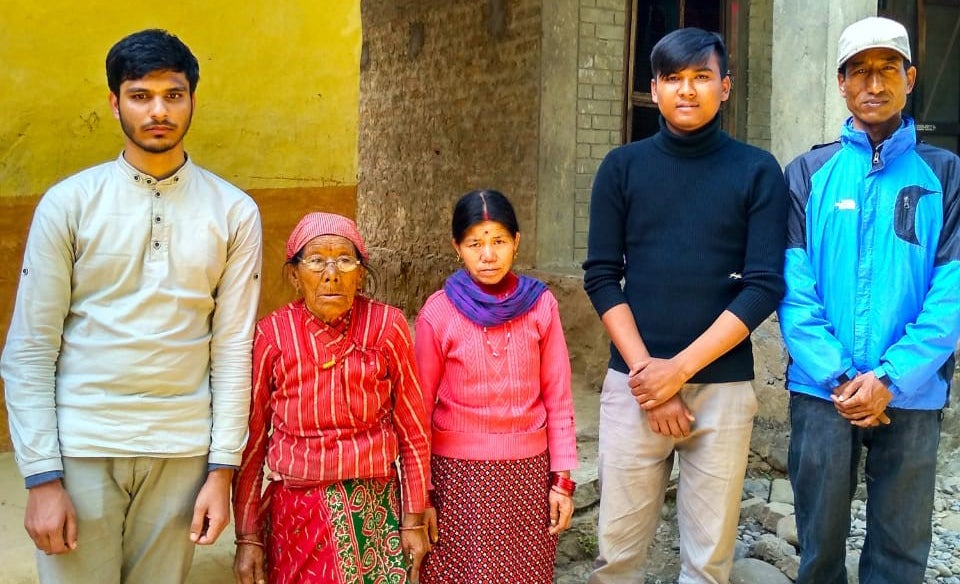
Arnab Chaudhary (Tharu) from Nepal says “the project was designed to make the Kusunda people aware about the uniqueness of their language. The language does not fall under any of the language families in the world. Many of our cultural practices are vanishing. We wanted to advocate for the rights of Kusunda people and to raise awareness of the need for their protection through this project. The program was more impactful than expected. We got very appreciative responses from the Kusunda people. We believe that our radio programs will inspire people to do further studies and research.” Arnab received a fellowship for his project, “The Vanishing Language of the Kusunda People.” There was only one fluent speaker of the Kusunda language left during his project. Unfortunately, Gyanimaiya, who was 81 years old and had spent most of her life in the forest, passed away during the project term.
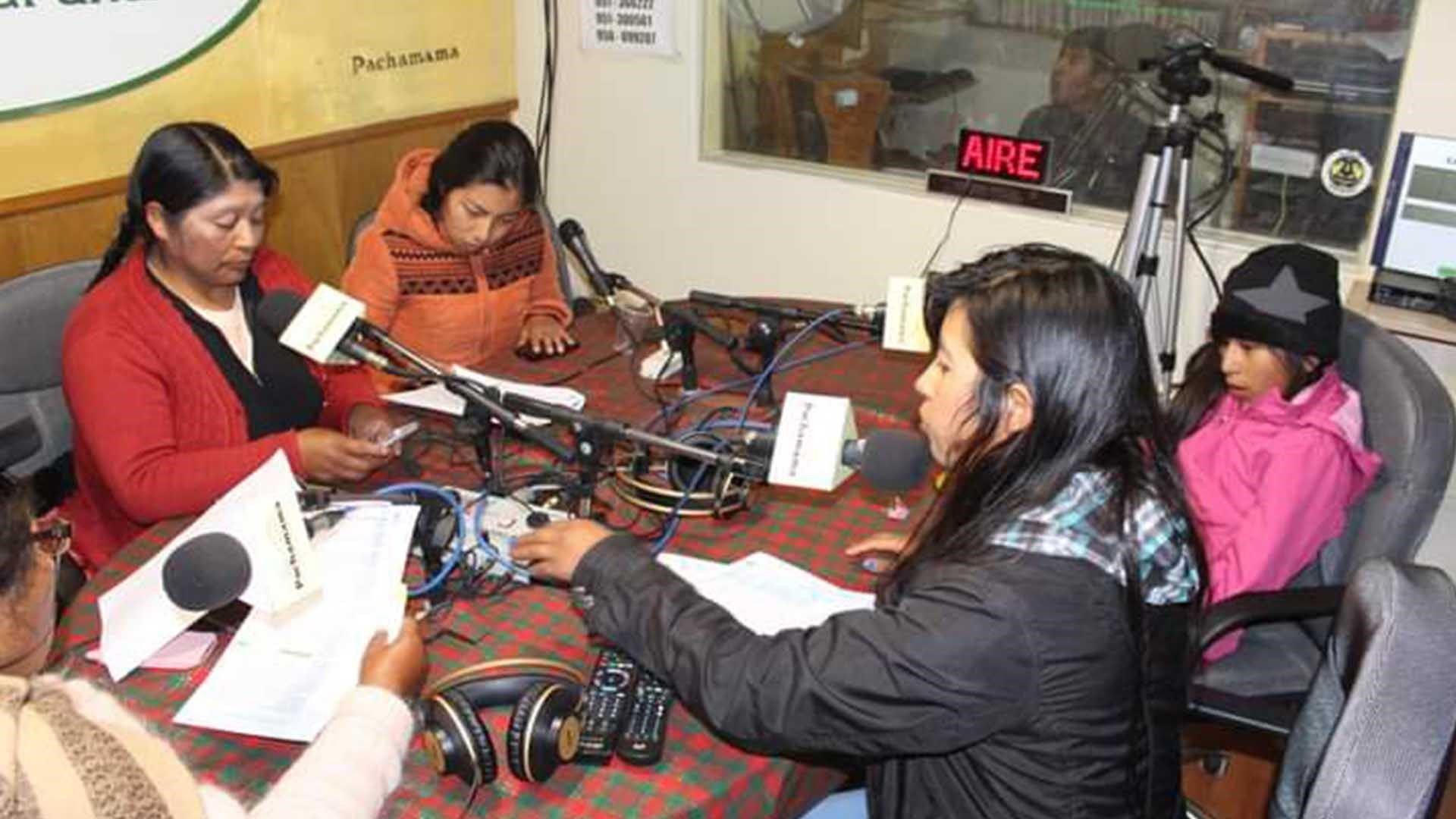
Virginia Salcedo Rosa (Aymara) is from Peru and her fellowship project, “Workshops for Youth on the ILO Convention 169 on Indigenous and Tribal Peoples in Indigenous Languages” trained youth about human rights in Aymara and Quechua. Youth attended workshops in production, translation in native languages, grammar, opinion article writing, and on the topics of Indigenous rights, and land defense. A workshop participant, Nilda Soledad Chura (Quechua), relayed to Virginia: “To transmit wisdom in our native language is a way to validate our culture, custom, and traditions.” The project shared Indigenous teachings and knowledge through the publication of opinion articles and radio programs.
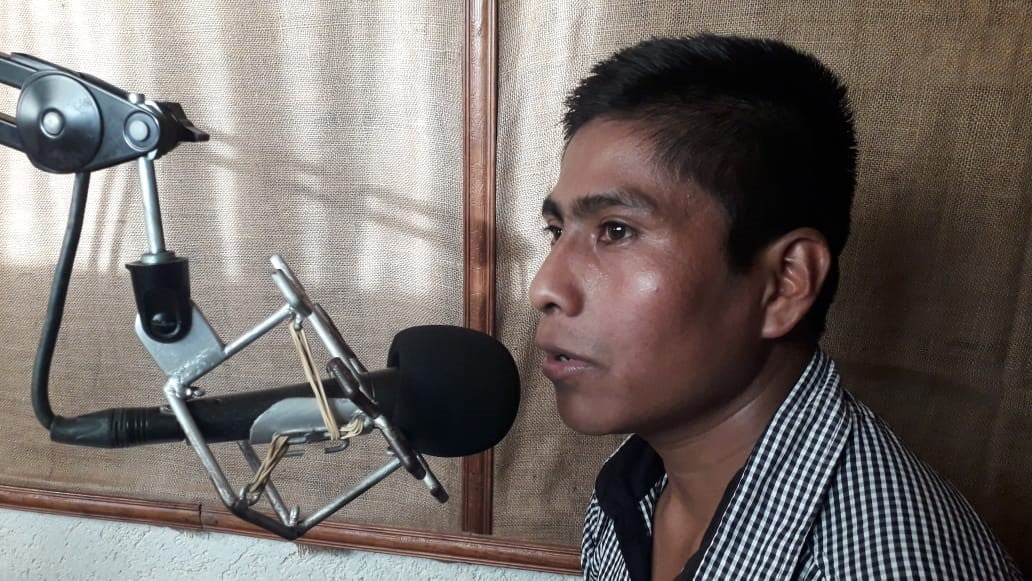
The three cohorts of the Indigenous Community Media Youth Fellowship continue to create their own content for local, national, and international platforms. A former fellow, Enosh Arias (Kankuamo) from Colombia, shares “radio has a flow that makes one imagine what one is working on.” Enosh is now the person in charge of the communication strategies to address COVID-19 pandemic in his community. He was a fellow in 2019 and achieved much in just within one year. He was excited that his community entrusted in him to take on with this leadership role. Fellows have the potential to becomes leaders in the communications field and to revitalize their communities.
It takes a whole community to heal, and Indigenous youth are fundamental in this process. When they have access to the tools and technologies to record what matters to them and to self express themselves, transformation occurs. Participating in community media reflects their realities restores a sense of pride in their Indigenous cultures and languages and contributes to cultural continuity.
Apply to be a Cultural Survival Indigenous Community Media Youth Fellow!
